New legislation
From 14 October 2024, the Administrative Appeals Tribunal (AAT) was abolished and replaced with a new body called the “Administrative Review Tribunal” (ART). The key legislation establishing and underpinning the work of the new ART is:
- The Administrative Review Tribunal Act 2024 (ART Act);
- The Administrative Review Tribunal Rules 2024 (ART Rules); and
- The Administrative Review Tribunal Regulations 2024 (ART Regulations).
The ART Act, ART Rules and ART Regulations commenced on 14 October 2024.
Key points: impact on NDIS matters
In short, the legislative changes do not substantially impact the current NDIS external review process. They are mostly intended to improve the mechanics and transparency of the overall system of administrative review of Australian government decisions (re NDIS, social security, tax, migration and freedom of information and other areas).
Below are some key points for participants, their families, carers and advocates to note:-
- The ART has the same jurisdiction as the AAT had, including with respect to the review of NDIS reviewable decisions: para 196(d) ART Act.
- If you submitted your application for review of a NDIS reviewable decision on or before 13 October 2024, you do not need to do anything; your matter was automatically transferred from the old AAT to the new ART.
- The NDIS-specific practice direction that applied to the AAT’s review of NDIS decisions has not been replicated by the ART at this stage. Rather, the new ART general practice direction applies to NDIS matters. This is the Administrative Review Tribunal (Common Procedures) Practice Direction 2024 made by the president of the ART on 14 October 2024.
- For legal and other representatives, the ART President issued a new Note for legal practitioners and other representatives on 24 October 2024. This flags that the ART “is developing new processes for the management of cases prior to allocation to members, including the exercise of new registrar powers”.
- The ART has its own branding and a new, more user-friendly website. While some of its features replicate the former AAT website, the refreshed NDIS applications page clearly explains the types of NDIS decisions the ART may review, how to apply for review and how to manage a review application.
Revised expert witness guideline
There is also a revised Guideline on persons giving expert and opinion evidence. The below points in the revised Guideline are of relevance to NDIA-commissioned “Independent Medical Examination” or “IME” reports, particularly in early childhood matters:-
- “A person [expert] preparing a report must make it clear when a particular question or issue falls outside his or her field of knowledge”: para [13]. For example, if the consultant paediatrician or psychiatrist does not have specialist knowledge of early intervention for young children with autism, or the type of therapy for which NDIS funding is being sought by the applicant (eg ABA therapy), then, arguably, that consultant should make those limitations on their knowledge and expertise clear in their report.
- “If a person [expert] has a pre-existing relationship with the party who has engaged the person” [the NDIA] then this must be disclosed in any report or disclosed to the Tribunal before the person gives oral evidence”: para [17(a)]. Arguably, a paediatric consultant (eg Dr Pincus) or academic (eg Dr Sandbank) who has been engaged (and remunerated) by the NDIA as an expert witness in multiple NDIS AAT/ART matters has a “pre-existing relationship” with the NDIA, because of those multiple engagements. That being the case, they must disclose the relationship to the Tribunal in accordance with this guideline.
Conclusion
As the new ART evolves, there may be more changes to the way in which it manages NDIS-specific review applications to achieve it’s overarching objective of (s9, ART Act paraphrased) “providing an independent mechanism of review that is fair and just; ensures matters are resolved as quickly, and with as little formality and expense as possible; is accessible and responsive to the diverse needs of parties; improves the transparency and quality of government decision-making; and promotes public trust and confidence in the Tribunal”.





